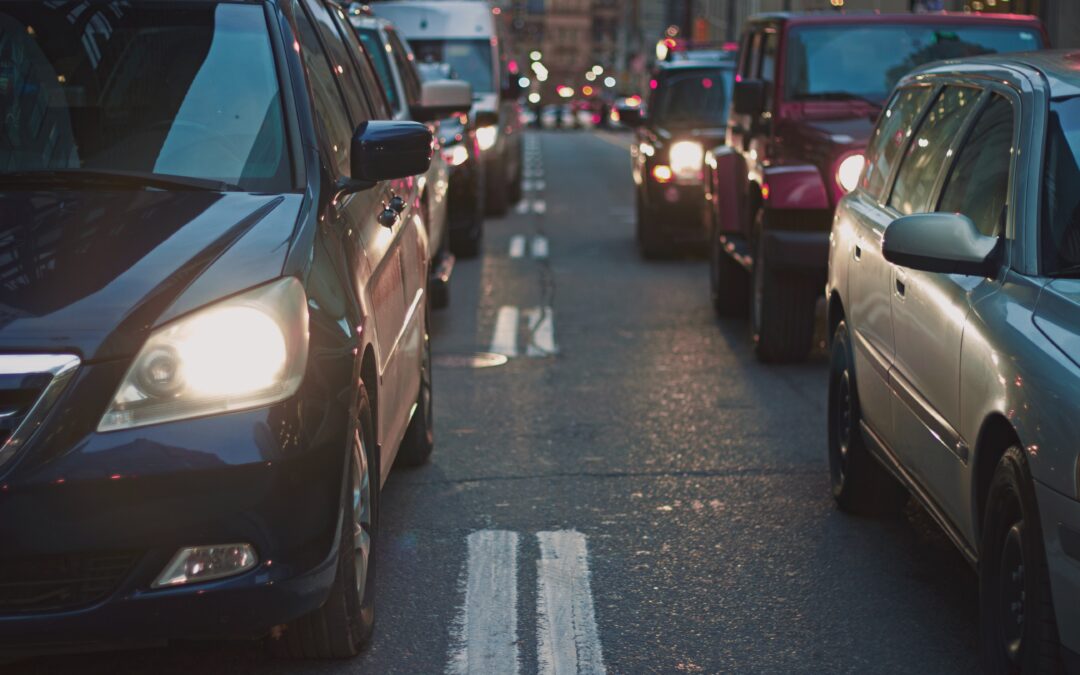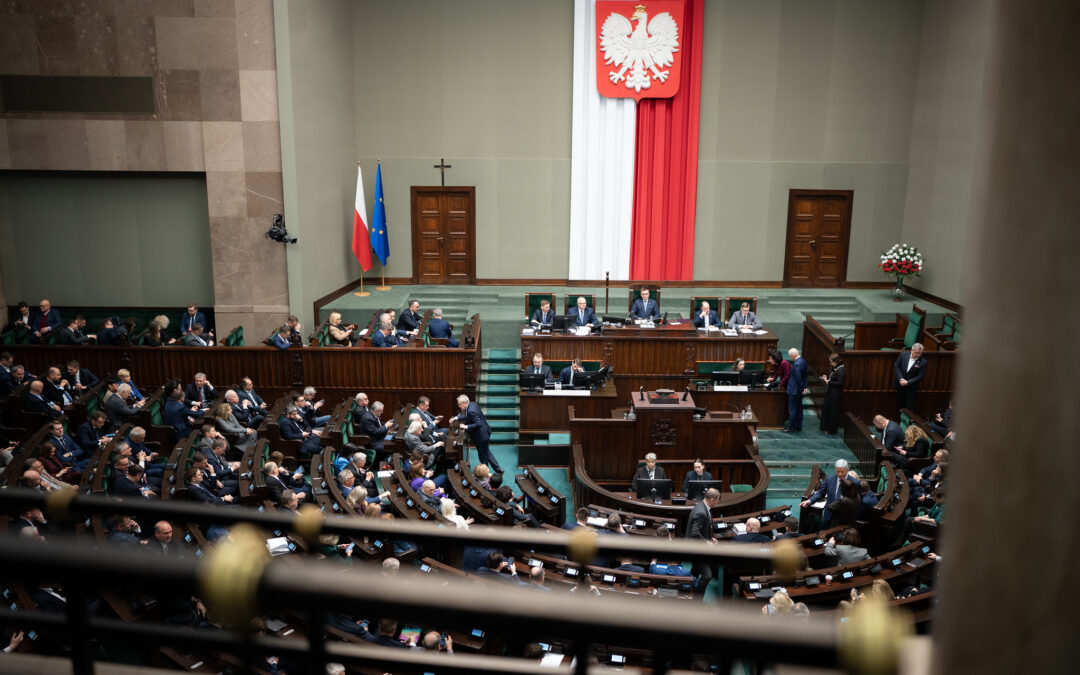Three cities in Poland have the most congested central streets in the world among municipalities with a population below 800,000, a new global traffic ranking has found.
In Wrocław, it took drivers an average of 24 minutes and 30 seconds to travel just 10 kilometres through the city centre, according to the 2022 TomTom Traffic Index, which measures traffic in 389 cities across 56 countries.
That made Wrocław’s traffic worse than any other city in the world classified as “small” by TomTom. The second and third worst were also in Poland: Łódź, with an average time of 22 minutes and 20 seconds to travel 10 km, and Kraków, with 21 minutes and 40 seconds.
Drivers who have a daily commute in Wrocław city centre would have spent an average of 235 hours in rush hour traffic last year, finds the report. In Łódź the figure was 211 hours and in Kraków 208 hours.
Kraków has become the first city in Poland to ban older cars from its roads in a bid to cut pollution.
Its new "clean transport zone" – which is also the first in Central and Eastern Europe, according to activists – will be introduced in 2024 https://t.co/TgVKtbuAR5
— Notes from Poland 🇵🇱 (@notesfrompoland) November 24, 2022
Among all cities, the worst city centre traffic was in London, where it took 36 minutes and 20 seconds to travel 10 km in the city centre.
However, while London is classified as a “megacity” with a population over 8 million, Polish cities are relatively small. Only two, Warsaw (where it takes 20 minutes to travel 10 km in the city centre) and Katowice urban area (12 minutes 10 seconds) are classified as “large”, with ten more in the “small” category.
In all twelve Polish cities in the report, city centre traffic was worse in 2022 than in 2021, with Łódż (1 minute 10 seconds) and Warsaw (1 minute) seeing the biggest increases in the time it took to travel 10 km. The lowest amount of city-centre congestion was found in Katowice and Bielsko-Biała.
New ranking finds that London is the slowest city to drive in out of ~400 global cities, at ~36 minutes per 10km.
That's 4x the fastest cities, like Detroit, San Diego, and Utrecht (NL).https://t.co/9vaWkGjZjg
— Stefan Schubert (@StefanFSchubert) February 15, 2023
TomTom’s ranking also looked at which cities had not only the most congested centres, but also wider metropolitan areas. In that ranking, Łódź had the worst traffic among all small cities in the world. It took drivers there an average of 19 and a half minutes to travel 10 km.
The report noted a return to higher traffic levels across the world in 2022, in large part due to the easing of lockdown measures. As a result, travel times rose in 62% of the cities (242 out of 389) included in the report.
The report also detailed how driving an electric vehicle was an effective way of keeping travel costs lower in many European cities, comparing how in Poland 1 euro could supply a petrol car with enough gas to travel 9.7 km whereas the same amount of money allowed an electric vehicle to travel almost 19 km.
Warsaw will ban older cars from its city centre as part of a new "clean transport zone" to be introduced next year https://t.co/uFLPGv6iGV
— Notes from Poland 🇵🇱 (@notesfrompoland) January 26, 2023
Main image credit: Nabeel Syed/Unsplash

Anna Hackett is an assistant editor at Notes from Poland. She is a recent graduate of European Studies from Trinity College Dublin and has had previous journalistic experience with the Irish Independent News & Media group.




















